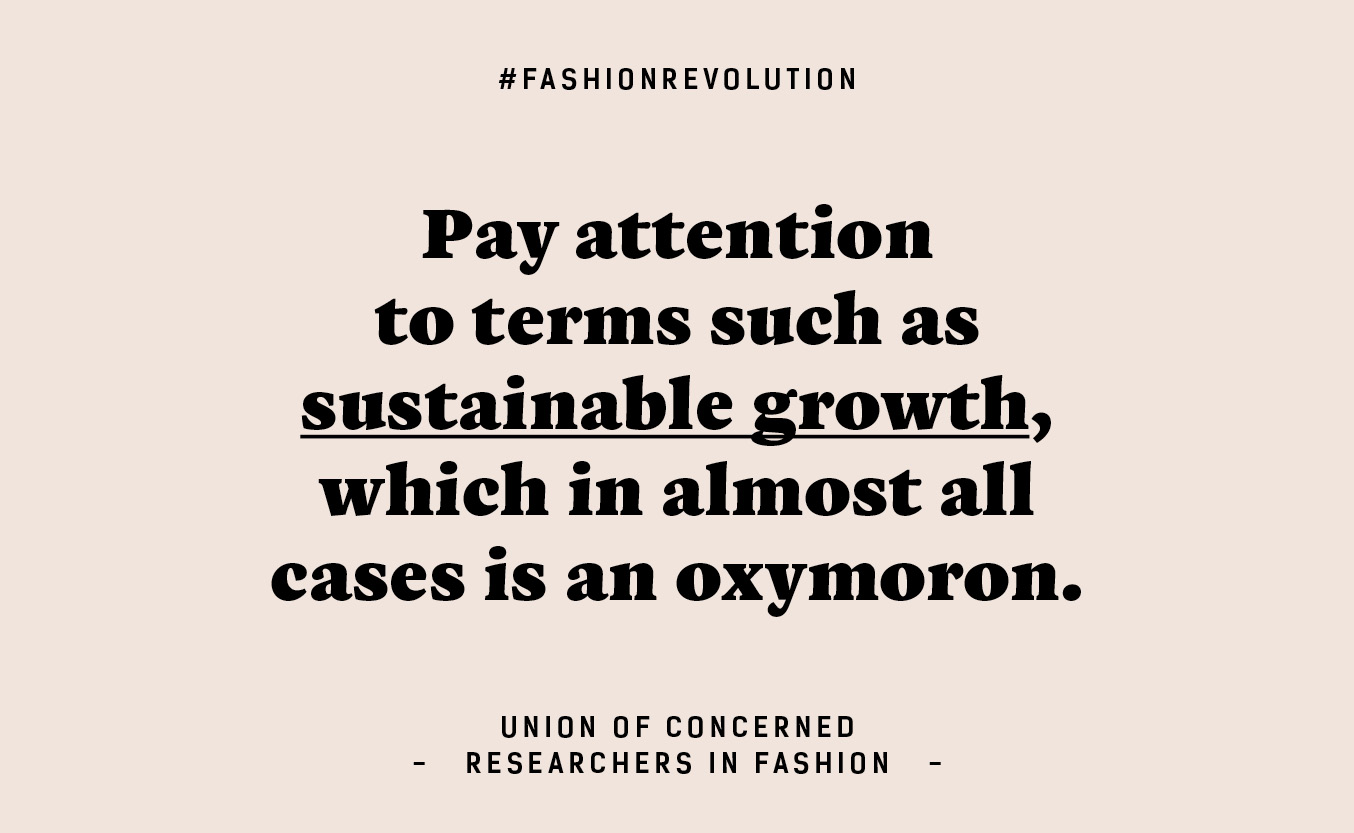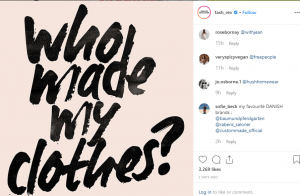Hey! Great to have you here!
Over the past few weeks, we’ve discussed different stories of progress and failure in the fashion industry. Now you may be wondering: “Are we getting anywhere?”
In this post, I’ll share some incidents of real change that occurred, and some setbacks.
Some of you have expressed a deep concern for the welfare of garment factory workers in our comments section. There’s good and bad news for you(including myself).
Good news
After the horrific incident of the Rana Plaza collapse in 2013, which took over 1,100 lives, an “Accord on Fire and Building Safety” (legally acceptable) and an “Alliance for Bangladesh Worker Safety” (not legally binding) were formed(source). According to the Center for Global Workers’ Rights, these 2 measures have prevented close to 100,000 safety threats in more than 1,500 garment factories(source).
Not-so-good news
However, according to Reuters, the Accord was forced to cease in Bangladesh in 2018, as operations would be carried out by their government’s “Remediation Coordination Cell”, which, at the time of this report, was unprepared to take over the job.
More broadly
From a report on the 2019 Copenhagen Fashion Summit, according to the Union of Concerned Researchers in Fashion , the industry made little net improvement in sustainability when compared to all the environmental and social damage done so far.

There is hope
The report also testifies to the passion of young people for pushing for a new kind of fashion industry- one that protects its people and the environment. At the recent Youth Fashion Summit, a compilation of demands were made from the youth who were part of the programme. They demanded gender equality, social and environmental justice, among others. To me, this looks like a fantastic revolution for a ‘Fashion 2.0’.
It’s amazing to see that there are other youths who fiercely champion for cleaning up the fashion industry. Like them, I long to see a brighter future for the fashion scene, and I believe you do too.
In an interview conducted by my project work group in 2017 with The Straits Times Life Journalist Melissa Heng, she shared with us:
“I think the younger generation is already more exposed to eco-friendly messages than say those in their 60s. Through social media and school. What we need to cultivate more is an inquisitive mindset to ask more questions about where our clothes and fashion items are coming from, how are they made”
But when youth take over the workforce, will we actually take charge of fixing systemic, deeply rooted issues that currently plague the industry? Or will we still be blinded by profit?
Taking a cue from Ms Heng, I want you to ask yourself this question: who made that shirt you are wearing right now?
You may not have the answer, and neither do I.
Hopefully, in the future, we will. Let’s keep questioning the status quo, searching for answers and being mindful of what we consume. In the meantime, I encourage you to check out this cool movement called “Who Made My Clothes?” in the video below:
You can follow the Fashion Revolution Instagram Page @fash_rev to find out more about the movement:

Yours in for change,
Evelyn 😉
Hi Evelyn!
It has not been long since I stopped shopping at fast fashion outlets and opted for secondhand-clothing instead so reading your post has reminded me once again on why I decided to give up fast fashion. With the rise of e-commerce, where the act of buying clothes is merely a click of a mouse, it might make it harder for consumers behind the digital screen to make the connection between the clothes and their makers. What are your thoughts on how we should get consumers to ask the question of “Who made my clothes?” on these e-commerce sites?
– Rachel
Hi Rachel!
Thank you for taking the time to comment 🙂 Glad to hear that you’ve given up fast-fashion, I really admire your determination. Personally that has been a struggle for me as fast-fashion is so convenient, so I try to shop second-hand and swap more.
By e-commerce sites, I’m assuming you mean online stores like Zalora and online shopping platforms for originally brick-and-mortar stores like H&M online (I don’t have much experience shopping for clothes online as I prefer physical stores). I will try to answer your question as best as I can.
From my limited experience, I felt that shopping online gives me access to more information on the screen about how an apparel was made compared to the pretty limited physical tag on a piece of clothing at a physical store. For example, in my earlier post about H&M, I shared how H&M gives quite a bit of detailed information about the factories in which their apparel was made for each piece of clothing online(see the 3rd paragraph on my post titled “H&M?”). Although I doubt I will be able to literally single out the people who made what I bought, I was able to google one of the factories and see images of some of their staff on the factory’s website. Also, when I bought from an online eco-fashion store called Rapanui, which our classmate Victoria shares about in more detail in her post on fashion, their website shares the story of the farmers who grew their organic cotton in India, with photographs of the farm and farmers and even the farmer’s name! But since this is an eco-fashion company I guess it’s an exception.
On the contrary, I think e-commerce may have its pitfalls. The speed of e-commerce may lure customers to make decisions too quickly about which clothes to buy, also making it easy to buy clothes in bulk and at record speed. I think this could be causing shoppers to make poorly informed decisions about what to buy and who to buy from. It could be causing us to make decisions all too quickly without giving a thought for sustainability and ethics. Especially for online stores that source from different companies like Zalora, where information on sustainability may not be on the Zalora website, consumers like you and I may not be able to find that information as easily as compared to, say, using H&M’s website(I’m not saying H&M is necessarily sustainable anyways, but transparency is a step toward it). There may be an information gap that needs to be bridged for sustainability to appear on large sites like Zalora. Maybe it will be possible if people who want transparency demand for it.
Anyways, I hope I answered your question, and thank you for asking!
Cheers,
Evelyn
Hi Evelyn,
This is an interesting point. I agree that it’s easier, when shopping online, to find out more about how the retailer does business. At the same time, you mention “speed” in relation to making snap choices. But there’s another aspect of speed – one of your peers talked about it in her/his blog (wish I could remember who – maybe it was Victoria). In any case, it seems as if shopping online can often have a higher C footprint because of the shipping options, especially if we choose faster shipping options. I found that disturbing at a time when busy schedules make it harder to find time to go get articles (whether clothing or other) that we might need. Then, there’s the carbon footprint associated with Internet usage.
The more I learn, the more confused I am about the best way to strive for minimal environmental impact (and the more carbon I emit while searching for the answers).
jc
Hi Dr Coleman,
Thank you for raising that aspect of speed. It’s true that in this day and age, speed may be (thought of) as a necessity, and that this may lead some to feel the need to choose the fastest options, and unintentionally have a higher carbon footprint. I wonder if this is related to our increasing “need” for immediacy from the instant gratification we get from smartphones. On the other hand, I’m not sure if our times have seen actually humans more busy than ever, hence needing these quick solutions.
Nevertheless, now that you have raised this point, I think I’ll try my best to opt for buying from physical stores as much as possible.
Cheers,
Evelyn